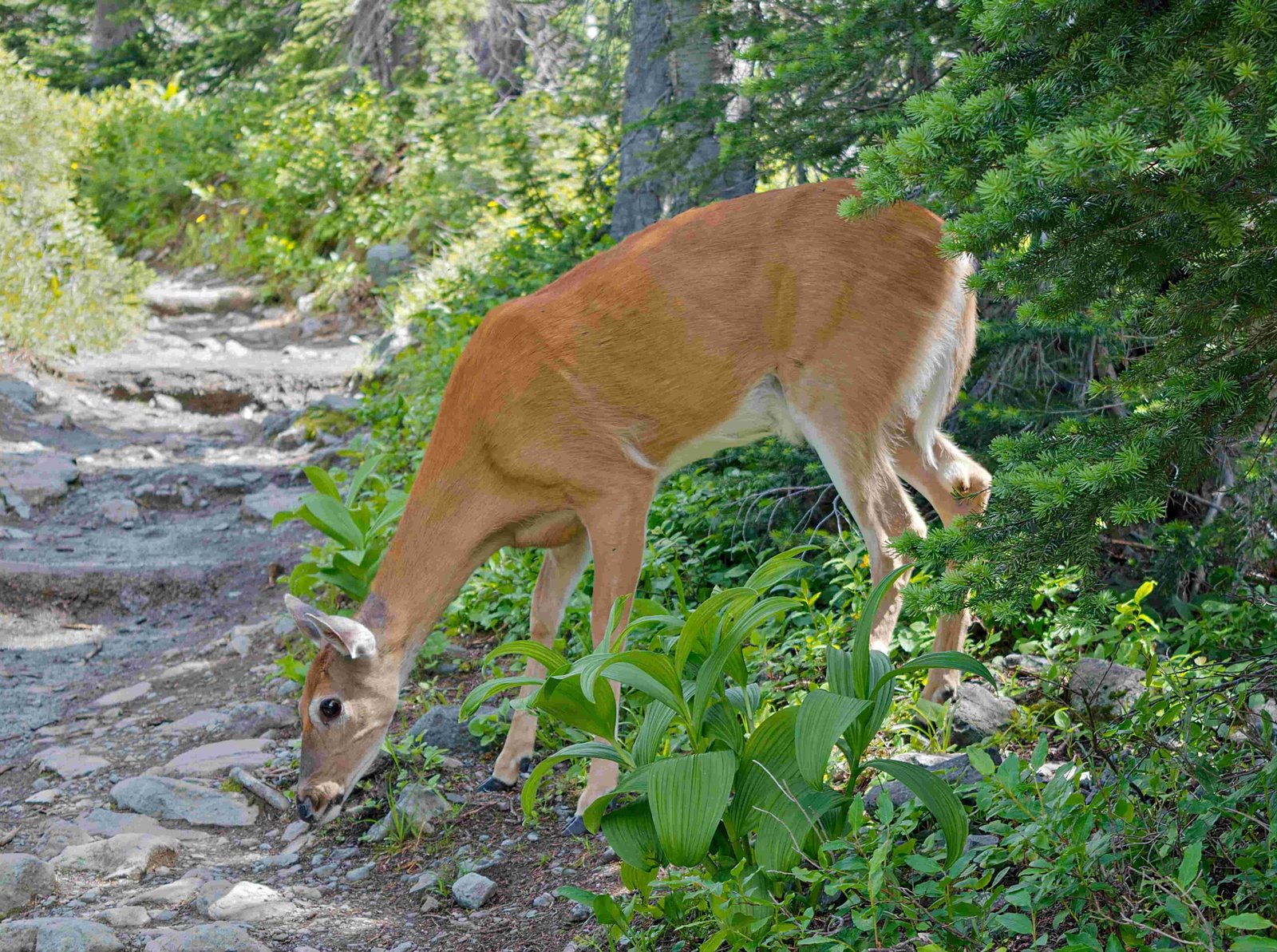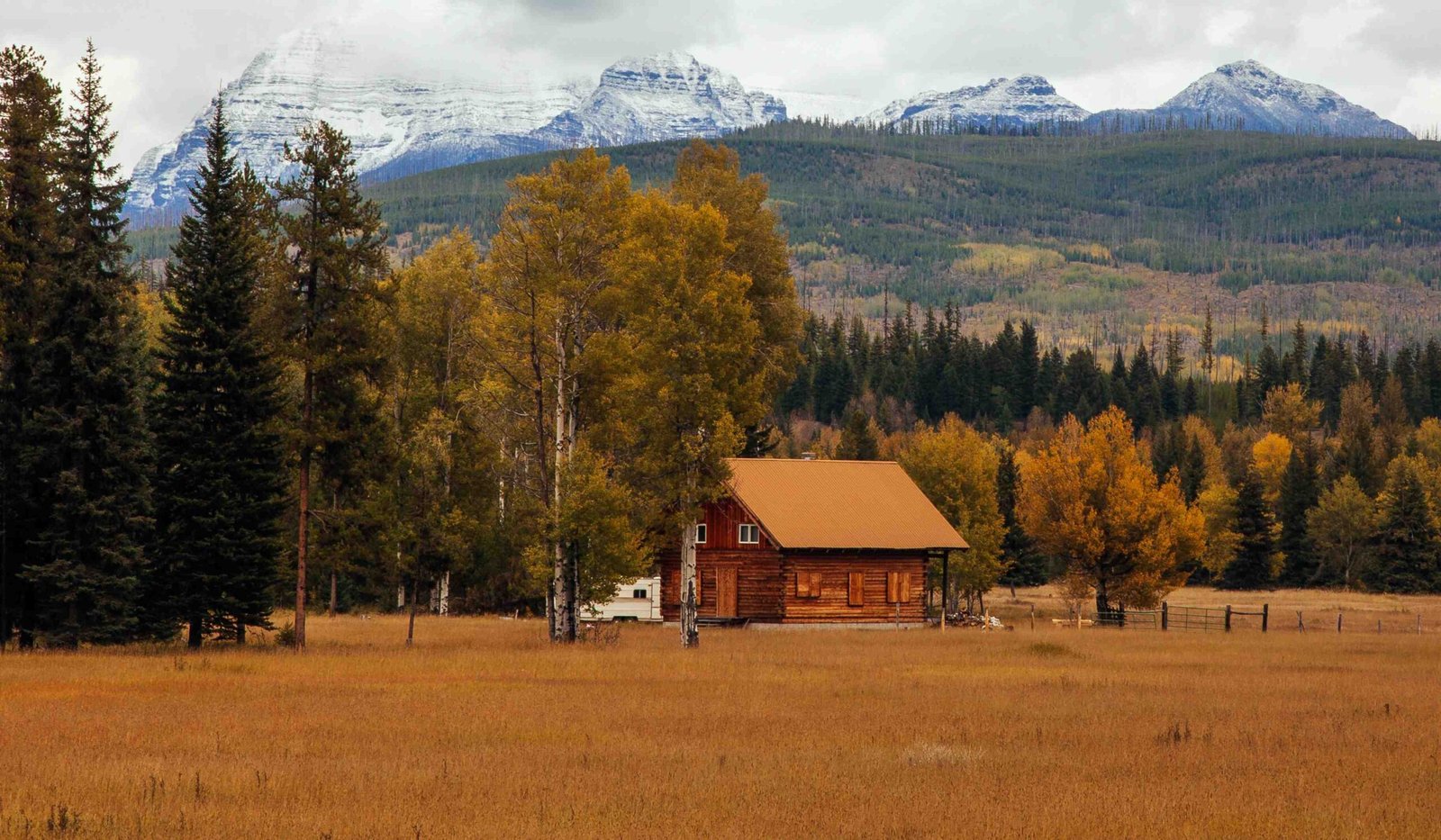Glacier National Park, renowned for its stunning landscapes, boasts nearly a thousand species of wildflowers amidst its majestic mountains. The park’s diverse ecosystems, ranging from lowland forests to alpine meadows, provide a haven for vibrant floral displays. Peak bloom occurs from late June to mid-July, offering visitors a spectacular array of colors against the backdrop of rugged peaks and pristine lakes. This guide explores the park’s flora, mountain ranges, and best viewing opportunities.
What Types of Wildflowers Can You Find in Glacier National Park?

Glacier National Park is home to an impressive variety of wildflowers, each adapted to the park’s unique ecosystems. Here’s a breakdown of some common species you might encounter:
- Glacier Lilies (Erythronium grandiflorum)
- Bloom Time: Late May to early July
-
Habitat: Alpine meadows, often seen blooming through melting snow
-
Beargrass (Xerophyllum tenax)
- Bloom Time: June to August
-
Habitat: Subalpine meadows and forests
-
Indian Paintbrush (Castilleja)
- Bloom Time: June to August
-
Habitat: Various, from lowlands to alpine areas
-
Fireweed (Chamerion angustifolium)
- Bloom Time: July to September
-
Habitat: Disturbed areas, meadows, and roadsides
-
Purple Saxifrage (Saxifraga oppositifolia)
- Bloom Time: June to July
-
Habitat: Rocky alpine areas
-
Forget-Me-Nots (Myosotis alpestris)
- Bloom Time: July to August
-
Habitat: Alpine meadows
-
Bluebells (Mertensia)
- Bloom Time: June to August
- Habitat: Moist meadows and streambanks
Where Are the Best Locations to View Wildflowers in Glacier National Park?

To experience the full splendor of Glacier National Park’s flowers and mountains, consider these prime viewing locations:
- Highline Trail
- Length: 7.6 miles (one way)
- Difficulty: Moderate to strenuous
-
Highlights: Stunning views of the Garden Wall, diverse alpine wildflowers
-
Hidden Lake Trail
- Length: 4.5 miles (round trip)
- Difficulty: Moderate
-
Highlights: Alpine meadows, panoramic mountain views, Hidden Lake overlook
-
Iceberg Lake Trail
- Length: 9.3 miles (round trip)
- Difficulty: Moderate to strenuous
-
Highlights: Subalpine wildflower meadows, dramatic mountain scenery
-
Preston Park
- Length: Varies
- Difficulty: Moderate
-
Highlights: Vibrant wildflower displays, avalanche slopes
-
Logan Pass
- Accessibility: Easily accessible by car
- Highlights: Alpine wildflower meadows, mountain vistas
When Is the Best Time to See Wildflowers in Glacier National Park?
The wildflower season in Glacier National Park typically follows this pattern:
- Late May to Early June: Lower elevation flowers begin to bloom
- Late June to Mid-July: Peak bloom for most species across various elevations
- Late July to Early August: Alpine species reach their peak
Factors influencing bloom times include:
– Elevation
– Snowmelt patterns
– Weather conditions
For the best experience, plan your visit between late June and mid-July. However, keep in mind that exact bloom times can vary from year to year.
What Mountain Ranges Can You See in Glacier National Park?
Glacier National Park is part of the Rocky Mountain range and features several distinct sub-ranges:
- Lewis Range
- Location: Eastern side of the park
-
Notable Peaks:
- Mount Cleveland (10,466 ft) – Highest in the park
- Mount Siyeh (10,014 ft)
- Going-to-the-Sun Mountain (9,642 ft)
-
Livingston Range
- Location: Western side of the park
-
Notable Peaks:
- Kintla Peak (10,101 ft)
- Mount Carter (9,840 ft)
- Rainbow Peak (8,891 ft)
-
Clark Range
- Location: Southern part of the park
- Notable Peaks:
- Mount Stimson (10,142 ft)
- Mount Jackson (10,052 ft)
These mountain ranges provide a dramatic backdrop for the park’s wildflower displays and offer numerous hiking and sightseeing opportunities.
How Can You Best Photograph Glacier National Park Flowers and Mountains?
To capture stunning images of Glacier National Park’s flowers and mountains, consider these tips:
- Timing:
- Early morning or late afternoon for best light
-
Overcast days for even lighting on flowers
-
Equipment:
- Wide-angle lens for landscape shots
- Macro lens for close-up flower details
-
Tripod for stability in low light
-
Composition:
- Use flowers as foreground interest with mountains in the background
- Get low to the ground for unique perspectives
-
Look for patterns and textures in wildflower meadows
-
Techniques:
- Focus stacking for sharp foreground and background
- Use a polarizing filter to reduce glare and enhance colors
-
Experiment with depth of field for creative effects
-
Locations:
- Logan Pass for accessible alpine meadows
- Hidden Lake Overlook for flowers with mountain backdrop
- Highline Trail for diverse wildflower and mountain scenes
Remember to practice Leave No Trace principles and avoid trampling vegetation while photographing.
What Conservation Efforts Protect Glacier National Park Flowers and Mountains?
Glacier National Park employs various strategies to protect its unique flora and mountain ecosystems:
- Habitat Protection:
- Designated wilderness areas
-
Restricted access to sensitive locations
-
Invasive Species Management:
- Regular surveys and removal of non-native plants
-
Education programs for visitors
-
Climate Change Monitoring:
- Long-term studies on plant communities
-
Tracking changes in bloom times and species distribution
-
Visitor Education:
- Interpretive programs on park ecology
-
Signage promoting responsible behavior
-
Research Partnerships:
- Collaboration with universities and research institutions
- Citizen science programs for data collection
Visitors can contribute to conservation efforts by:
– Staying on designated trails
– Not picking wildflowers
– Reporting invasive species sightings to park staff
– Participating in volunteer programs
How Do Glacier National Park Flowers and Mountains Contribute to the Ecosystem?
The flowers and mountains of Glacier National Park play crucial roles in the local ecosystem:
- Wildflowers:
- Provide food for pollinators (bees, butterflies, hummingbirds)
- Support herbivorous wildlife
- Contribute to soil health through root systems
-
Indicator species for climate change impacts
-
Mountains:
- Create diverse microclimates supporting varied plant communities
- Act as water towers, storing and releasing water throughout the year
- Provide habitats for unique alpine species
- Influence local weather patterns
The interplay between flowers and mountains creates a complex and resilient ecosystem that supports a wide range of plant and animal life.
What Are Some Lesser-Known Facts About Glacier National Park Flowers and Mountains?
Discover some intriguing facts about the flora and peaks of Glacier National Park:
- Floral Adaptations:
- Some alpine flowers have fuzzy leaves to trap heat
-
Certain species can generate their own heat to melt through snow
-
Geological History:
- The park’s mountains were formed by thrust faulting over 170 million years ago
-
Some rock formations contain fossils of ancient sea creatures
-
Plant Diversity:
- Over 1,000 vascular plant species are found in the park
-
30 plant species in the park are found nowhere else in Montana
-
Mountain Names:
- Many peaks are named after early explorers or Native American terms
-
Some mountain names reflect their unique shapes or characteristics
-
Glacial Influence:
- The park’s landscape was shaped by massive glaciers during the last ice age
- Only 26 active glaciers remain in the park today
These facts highlight the unique characteristics and rich history of Glacier National Park’s flowers and mountains, adding depth to the visitor experience.
References:
1. https://www.nps.gov/glac/learn/nature/wildflowers.htm
2. https://glacier.nationalparkschat.com/viewtopic.php?t=5001
3. https://www.nathab.com/blog/national-parks-wildflower-season/